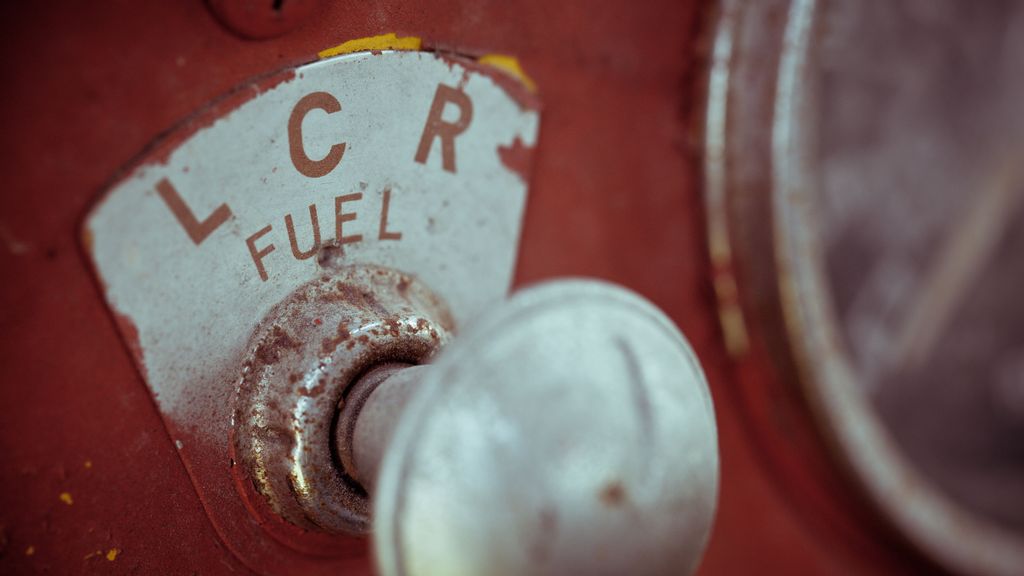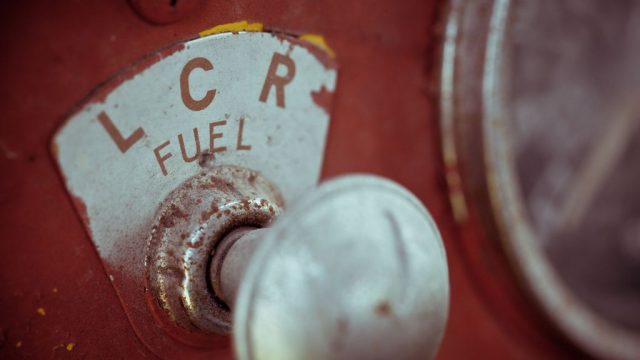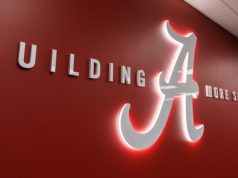
By
When you think of ammonia, you might imagine your home cleaning supplies. If you’re a farmer, you know that ammonia is the basis for most fertilizers.
But ammonia is also a promising source of carbon-free fuel.
It’s energy dense like oil but non-polluting. Ammonia packs 20 time the energy of a lithium-ion electric battery. It is liquid at room temperatures, so it doesn’t need an enormous amount of electricity to be extra-cooled like hydrogen (another alternative to fossil fuels), which only becomes liquid at minus 423.17 degrees Fahrenheit.
Ammonia is neither as flammable nor as explosive as hydrogen or gasoline.

All this makes ammonia exactly the sort of fuel alternative that should make it possible to wean ships, trucks and possibly even planes off of fossil fuels. (Passenger vehicles, other than a few exceptions like Toyota’s hydrogen-powered Mirai, are solidly on the electric battery train.)
Getting there, however, requires green production, using renewable energy sources to power the reactions. Otherwise, ammonia production is particularly polluting: Producing a ton of ammonia generates 2.5 tons of CO2.
Israeli startup Nitrofix has developed another approach.
Instead of relying on large amounts of externally generated electricity – green or otherwise – Nitrofix is working on a specialized catalyst that reduces by 90% the amount of energy needed to produce ammonia.
The catalyst was invented by chemist Prof. Ronny Neumann of the Weizmann Institute of Science. Nitrofix worked with the Weizmann’s Yeda technology transfer company to license the tech for commercialization.
Ammonia consists of one nitrogen atom and three hydrogen atoms (NH3). Nitrofix combines nitrogen from the air with hydrogen extracted from water to make ammonia.
It’s a renewable energy dream: Just mix air and water and you get a fuel as powerful as oil and the only byproduct is oxygen. That’s one reason for the company’s name.
“We ‘fix’ nitrogen,” Nitrofix CEO Ophira Melamed tells ISRAEL21c.
Nitrofix’s catalyst is “an organo-metal compound that holds the nitrogen for the reaction, thus reducing the activation energy required,” Melamed clarifies.
By “organo-metal,” Melamed means that the catalyst compound contains both organic carbons and oxides as well as some metal atoms such as iron.

Nitrofix’s approach differs from other ammonia-production methods, which require the production of hydrogen gas, rather than water, from which to extract the appropriate atoms.
Hydrogen gas has the downside of containing methane, which has a tendency to leak out of pipes. The US Environmental Protection Agency estimates that methane has 28 to 36 times the warming potential of CO2.
Nitrofix hopes to improve on the “Haber-Bosch approach” used by most other ammonia production firms.
Haber-Bosch has two steps. The first is the production of hydrogen gas. The second is a reaction between that gas and nitrogen. Most Haber-Bosch-based facilities use fossil fuels to power the hydrogen production.
“It requires high temperatures and high pressure — 300 degrees Celsius and 400 atmospheres, both of which are very energy intensive,” Melamed explains. “We’re doing it at room temperature, at 50 degrees Celsius, with 10 atmospheres of pressure.”
Ammonia as a shipping fuel
Shipping is where ammonia-as-a-fuel is already seeing some forward movement.
It makes sense: Shipping emits over one billion tons of carbon each year. If it were a country, that would make shipping the sixth-largest emitter in the world after China, the United States, India, Russia and Japan.
There are no ships currently running on ammonia, although Nitrofix CEO Ophira Melamed says the first vessel will launch later this year. That ship, the Kriti Future, is owned by Avin International of Greece.
Another ammonia-powered ship, a 1957 tugboat docked in New York, is being retrofitted by a different ammonia startup, Amogy.
Until ammonia-based ships arrive, there are plenty of uses for green ammonia on land. Around 160 million metric tons of ammonia are used annually, 80% of it for making fertilizers.
Ammonia is also used as a refrigerant gas, for water purification and in the manufacture of plastics, explosives, textiles, pesticides, dyes and other chemicals.
Non-transportation industries also care about getting to carbon-zero, if mainly for the bragging rights.
“Hair coloring needs ammonia,” Melamed tells ISRAEL21c. “It’s important for those manufacturers to have sustainability on the label. McDonald’s also wants its customers to know that the potatoes it makes its fries out of are harvested and shipped emission-free.”
Green ammonia can also act as a safer and more affordable way to transport hydrogen. The hydrogen is carried by ammonia in liquid form, and then “cracked” to release the hydrogen only at its destination. The infrastructure for transporting ammonia has long been established.
Nitrofix was founded in August 2022 and completed the HAX incubator sponsored by San Francisco-based SOSV, which specializes in “deep tech for planetary and human health.”
The six-person staff is based in Petah Tikva and just announced a $3.1 million seed round led by Clean Energy Ventures. So far, they’ve built a small prototype.
“We’ll start producing very small quantities of ammonia,” says Melamed, who has a PhD in chemistry. “Then we’ll optimize the performance before looking to scale up to a larger system.”
Melamed says she hopes Nitrofix will have a commercial product ready to sell by the end of 2025 or early 2026. The demand for ammonia is expected to increase threefold by 2050.
“Our goal is to accelerate the production of sustainable green ammonia at cost parity to meet the increasing demand for this essential compound,” Melamed adds.
Nitrofix will license its technology to small manufacturers. Once Nitrofix can make enough ammonia on its own “at industrial scale,” it will sell that direct to customers.
Clean Energy Ventures managing partner Daniel Goldman says Nitrofix “was the only company we assessed to disrupt the conventional fossil energy approach [to] create an economic path to decarbonizing a global industry.”
Produced in association with ISRAEL21c




